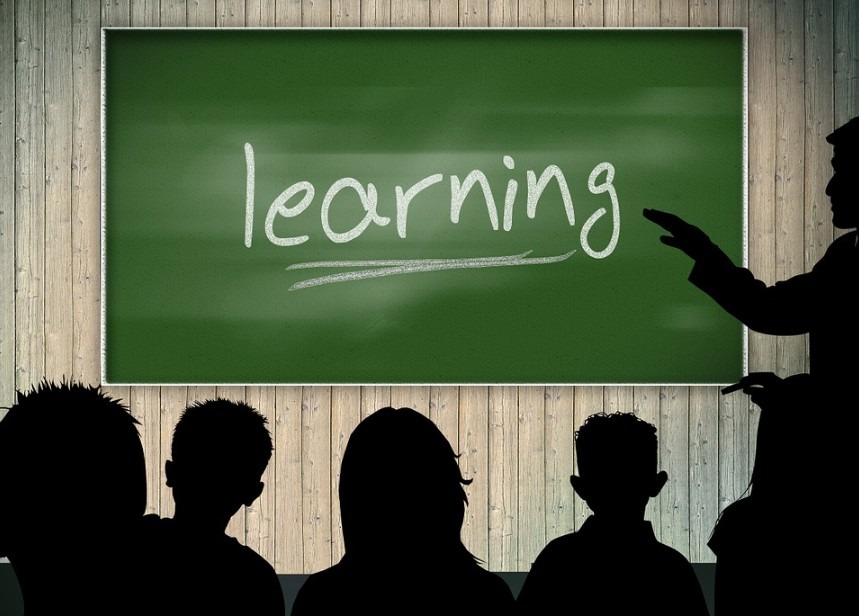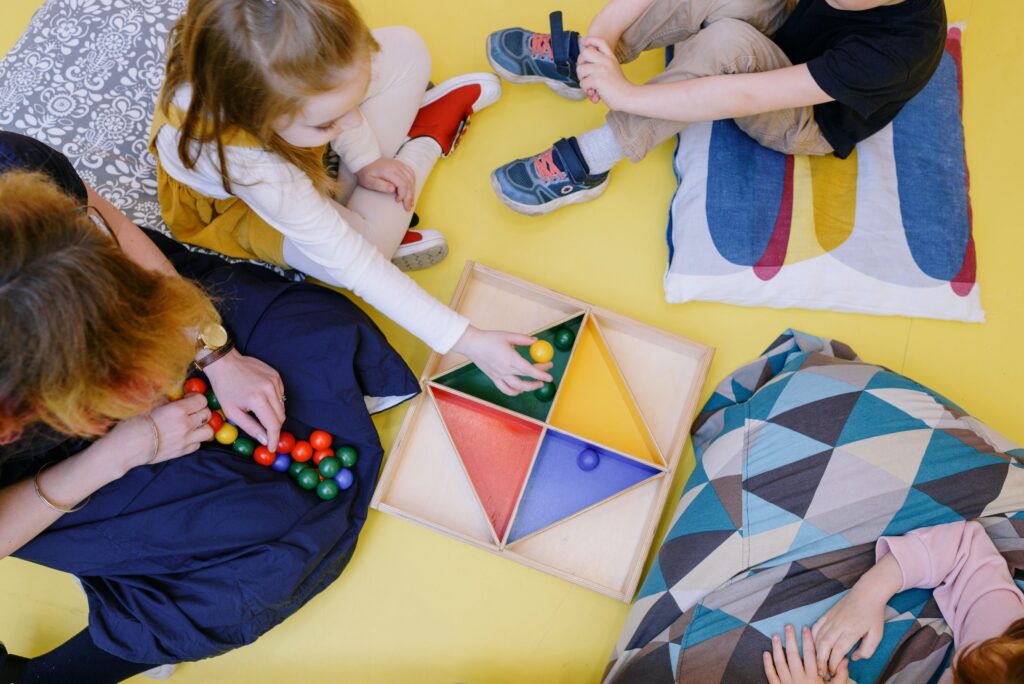Being disabled isn’t a choice, and if it could have been a choice, then automatically, there would be no disabled person. Disability cuts across all spheres and a person can be disabled physically, emotionally, among many other forms of disability. We are going to consider how students with learning disabilities can be helped to focus on their strengths. According to our friends at Domyhomework123.com, there are many different proven ways in which students with learning disabilities can be assisted. The language used with disabled students and the mode of teaching depicts a lot and determines how the students will focus on their strengths rather than failures.
Students who are not good in books or are disabled from the learning aspect should be much helped to pursue their strengths with passion. But this doesn’t come automatically and instead requires a consistent observation of how they handle their academic issues. As an instructor or teacher, maintain a close examination of areas that are perfect for the student and advise on the areas that need some form of polishing. The realization of areas the students are weak in helps them work smart to improve in every aspect, be it mentality, attitude, or how they conduct themselves.
There are some disabilities associated with learning, and these affect students in focusing on their strengths. Consider a dyslexic student. This student will always have difficulties in concentrating and pursuing strengths in the field of learning. In helping such students focus on their strengths to achieve their desired goal, teachers and instructors should try to understand how the brain of such a student works.
Students with learning disabilities will often hold negative beliefs, which in turn brings low achievements. But labeling of such students is likely going to bring low self-esteem and expectations among them. These tips will, therefore, guide every student instructor to pursue positive ways of helping students with learning disabilities to focus on their strengths.
Avoid focusing on labels
When working with students with learning disabilities, it is important not to get caught up in labels such as: “dyslexic”, “ADHD”, and “autistic”, as this can lead to stereotypes and stigmas that may hold back a student from reaching his or her full learning potential. Instead, paying attention to the student’s strengths, needs, and individual’s way of learning is essential. Teachers and parents should work together to determine what problems each student is having and come up with solutions to help them succeed.
Moreover, when we focus on labels, we might miss other vital parts of a student’s life, like their interests, passions, and social and emotional needs. It’s important to consider the student’s well-being and create a learning environment that supports everyone, celebrates differences, and pushes everyone to maximize their abilities.
Furthermore, it is a better practice to avoid labels at all costs when handling students with learning disabilities. There are various ways to do this, and these ways include: explaining to the student why labels are required, using person-centered language, and use of less stigmatizing communication.
Give students more time to finish their Classwork
Providing learning-disabled students with additional time to complete their tasks is a typical accommodation that can be highly beneficial. Giving students with learning difficulties the extra time they need to process information, comprehend the questions and finish assignments might help them better demonstrate their knowledge and skills.
An extra 30 minutes to finish an exam can mean the difference between passing and failing for some students with learning challenges, particularly those with dyslexia. Students with dyslexia find reading and comprehending written words extremely challenging. Words and letters frequently appear jumbled or mixed up when printed on a page. The Learning Disabilities Association (LDA) describes dyslexia as a language-based learning disorder. Dyslexic students typically struggle with reading, letter decoding, text comprehension, writing, and spelling.
Due to their dyslexia, children should be provided extra time to complete all summative assessments, including tests, written assignments, and examinations. This extra time allows learners to work through assessments at their own speed. (1)
Always focus on the student’s strengths
No two individuals with a learning disability are alike; adults with learning disabilities need to undergo thorough clinical evaluation in order to identify the precise form of their problem and the best accommodations. Examples of how various learning disorders affect academic achievement are as follows:
A student who struggles with expressive language may find it difficult to express themselves clearly and precisely, use a range of sentence structures, and mature syntactical patterns, choose appropriate words, use proper punctuation, organize their thoughts, copy from the board, take notes, organize written information, write legibly, or spell. On the other hand, the following skills may be challenging for a student with a reading disability: decoding unknown words, processing information, grasping the meaning of words, following written instructions, maintaining an effective reading pace, and distinguishing important concepts and significant details. (2)
Hence, it is a beautiful practice to direct your focus on the students’ strengths rather than always focusing on the weaker side of them. By doing this, students with learning disabilities will still feel good about themselves and develop a passion for learning more and more. It is, therefore, through this that these learners will aspire to achieve greater things hence redirecting their minds to focus on strengths. Instructors or teachers should also develop the art of using a specific language when addressing students with disabilities. Through this, the mindset of the student grows gradually because of the availability of a conducive environment for learning.
Enhancing self-awareness and advocacy skills
Apart from focusing on the strengths of the students, teachers can also cultivate other strengths they need to be successful in the child. Having a disability in learning is not a guarantee that affected students will always struggle in all their learning sessions. They should be subjected to proper and considerable education in the fields with weaknesses.
In addition, improving self-awareness and advocacy abilities is crucial to empower children with learning disabilities and enabling them to attain their full potential. Self-awareness involves a thorough understanding of one’s strengths, weaknesses, learning styles, and preferences – which can assist students in determining the learning methods and strategies that are most effective for them. This can help learners gain more self-confidence, self-worth, and a sense of direction.
In addition to these advantages, improving self-awareness and advocacy abilities can promote a growth mindset, which states that intelligence and skills can be acquired through perseverance and hard work. Students who embrace this perspective are more likely to overcome barriers, take risks, and stay focused in facing difficulties. Also, this skill set aids learners in establishing positive rapport with adults and peers, as well as efficient communication skills.
Use visual aids and methods of Multi-sensory learning
Visual aids and multi-sensory learning techniques can be beneficial for students with learning disabilities because they give them other ways to process information aside from traditional lecture-style teaching. Use multi-sensory learning strategies to engage kids who struggle with concentration and attention. This type of learning combines touch, hearing, and sight. According to Dyslexia Reading Well, this can engage several brain regions and is particularly useful for dyslexic students. (1)
- Visual: Try to include numerous visual clues in your teaching, such as posters, videos, graphs, and charts. You might use colored-coded markers to emphasize essential issues when writing on the whiteboard.
- Auditory: Consider including a lot of singing, dancing, rhyming, audio tones, clapping, and conversation in your performance. Dyslexic students can also be supplied with audiobooks. In education, this is frequently referred to as “reading with your ears.”
- Touch: Tangible items, particularly in subjects like math and science, help kids with impairments learn. For instance: wooden counting cubes for math, timekeeping devices with movable hands, phony bills and coins, or plastic pies and cakes for fractions.
Conclusion
Focusing on strengths for students with learning disabilities should not be underpinned. Let the teacher the students themselves have self-awareness of the areas they are strong in and also the areas they are weak in. With consistent help by tapping into the students’ potential, the outcome is going to be a generation of students with learning disabilities who are focused on their strengths.
References:
(1) https://queensford.edu.au/how-to-help-children-with-learning-disabilities-in-the-classroom/


